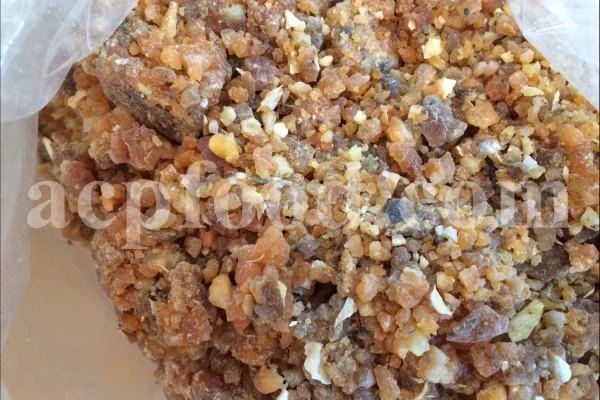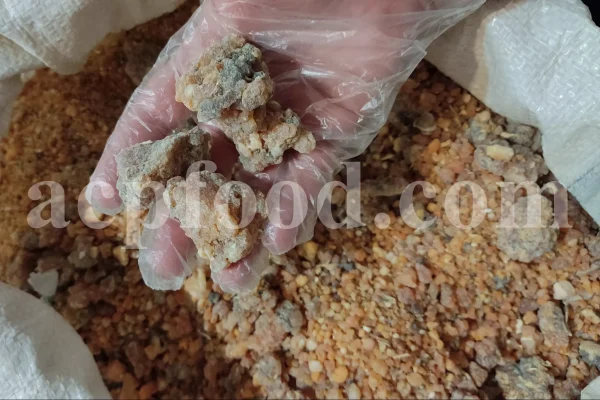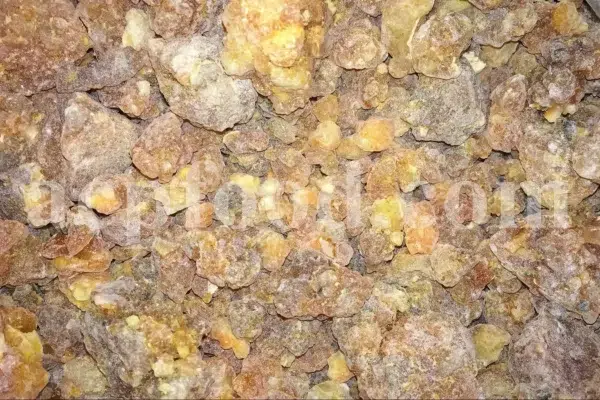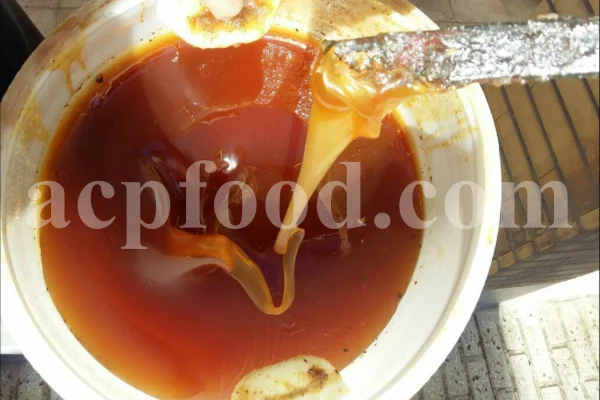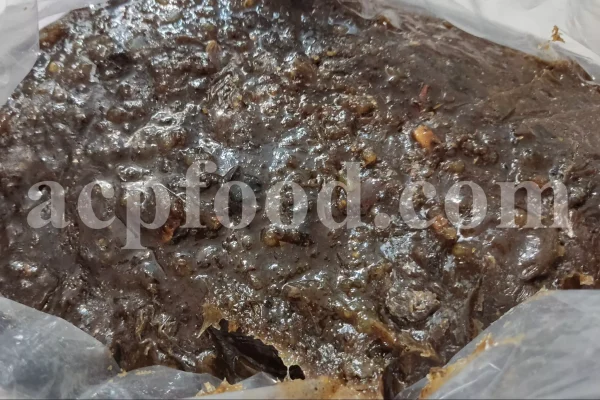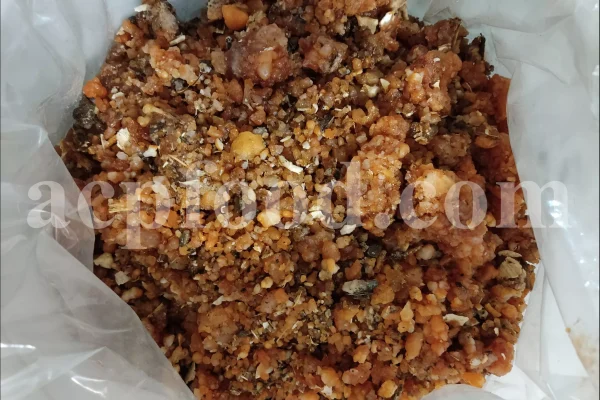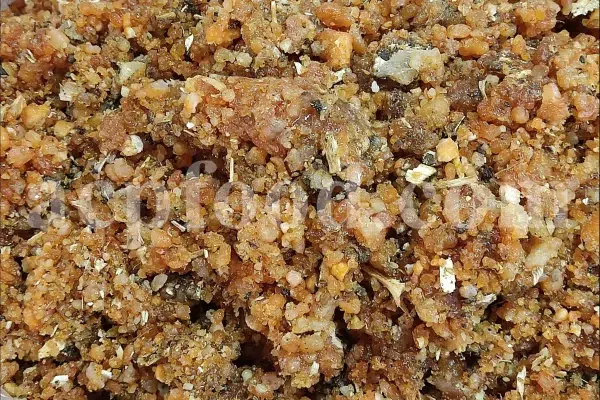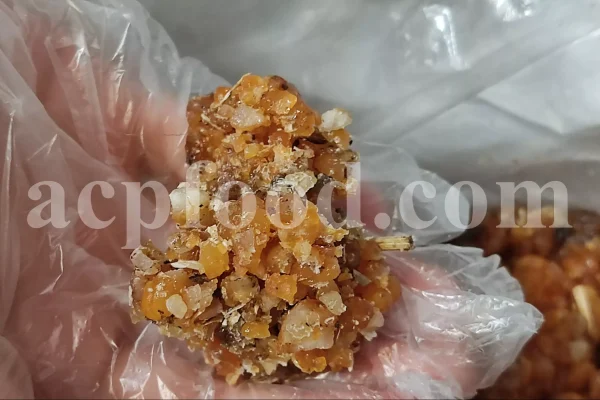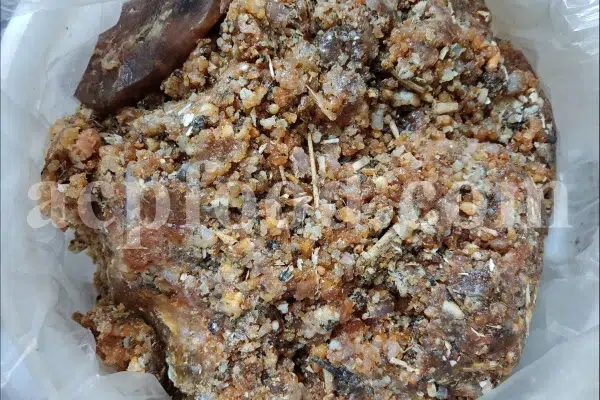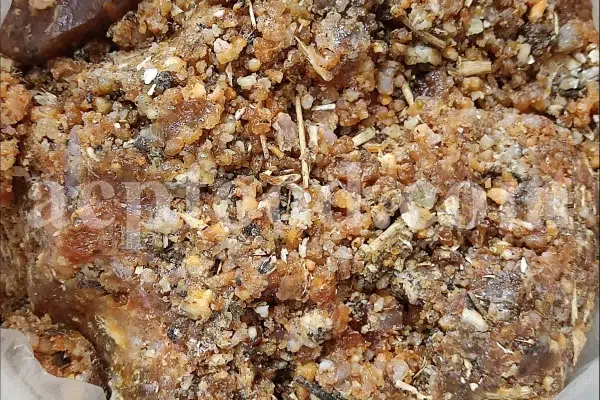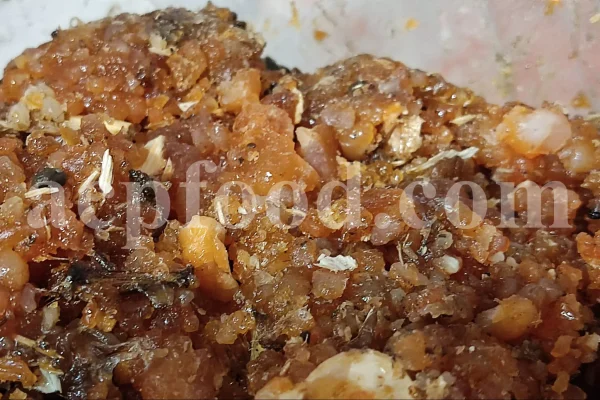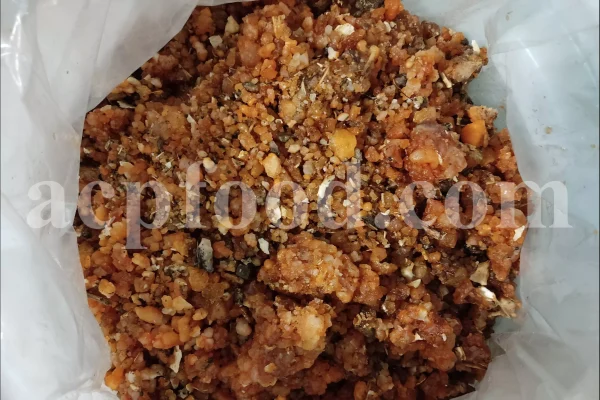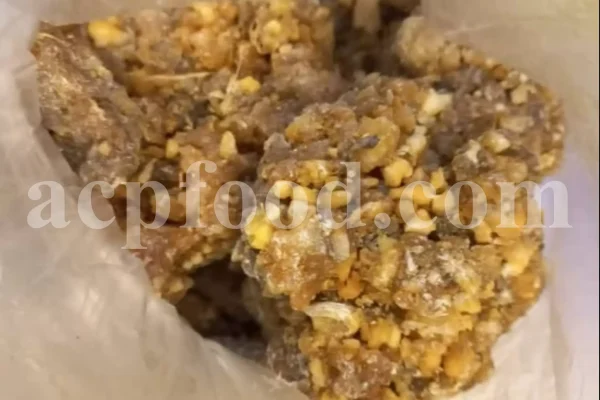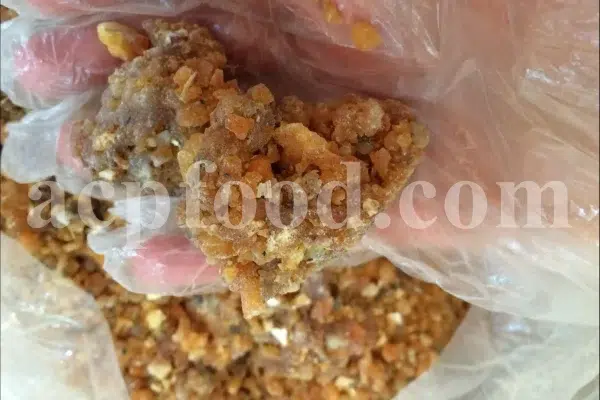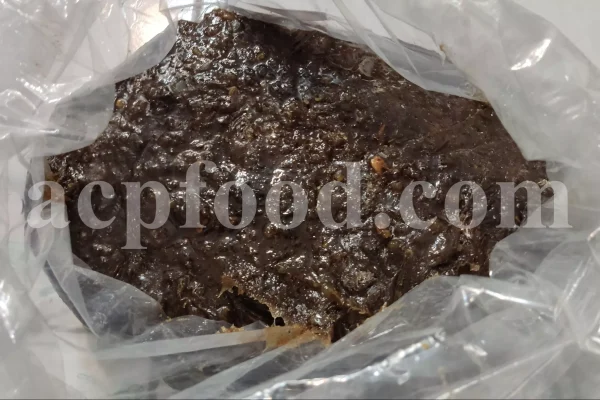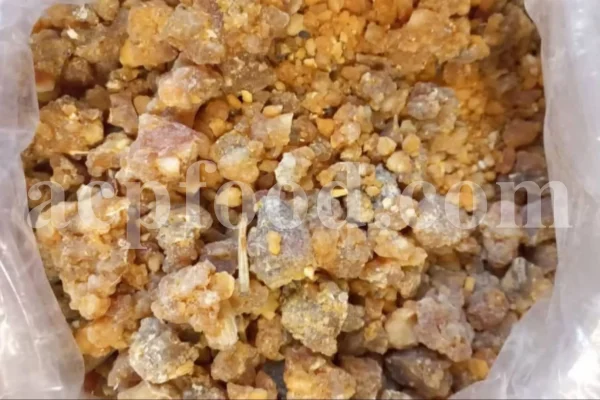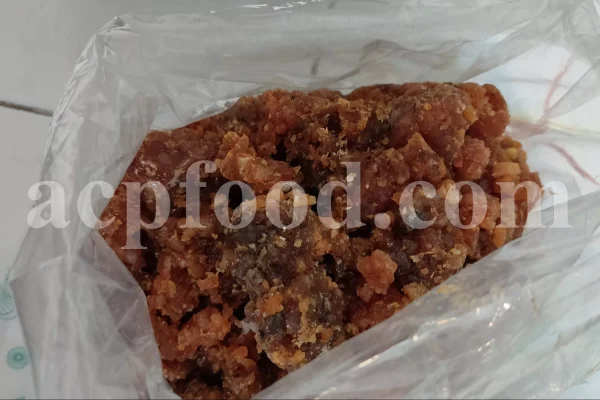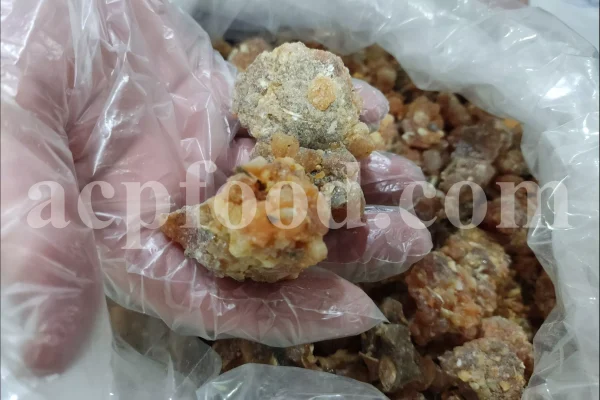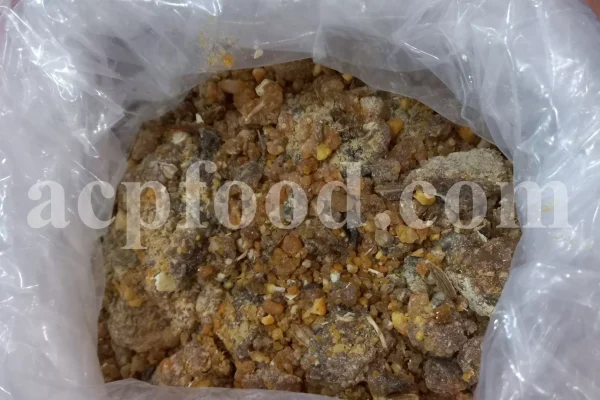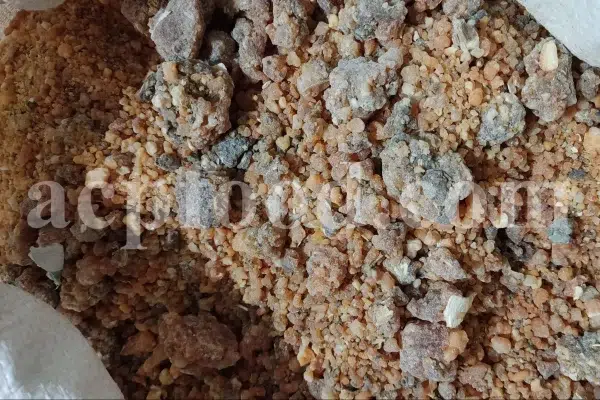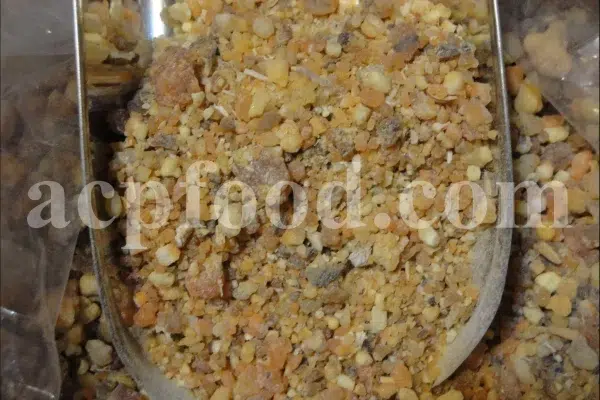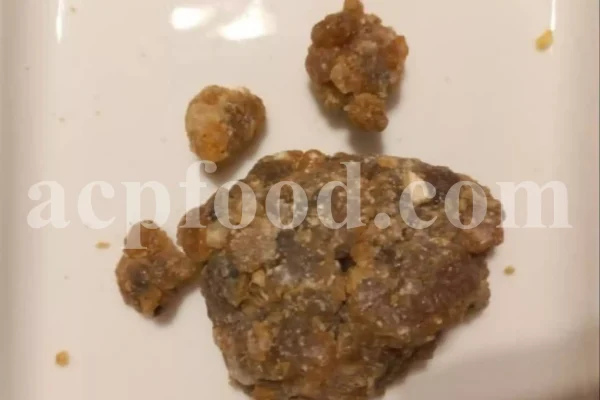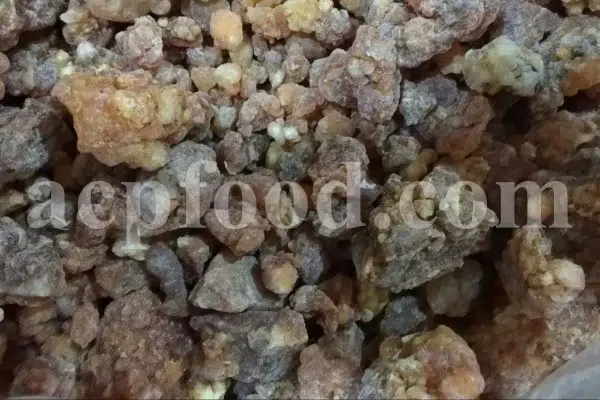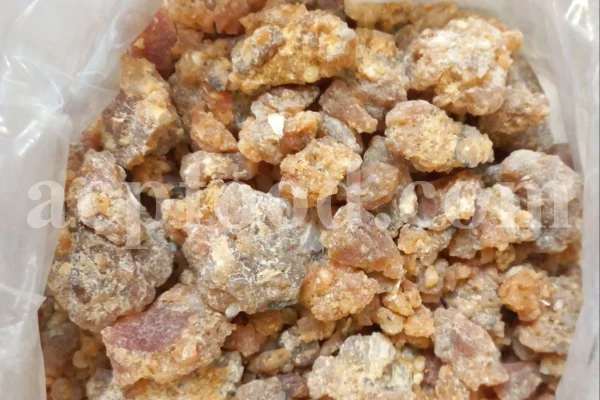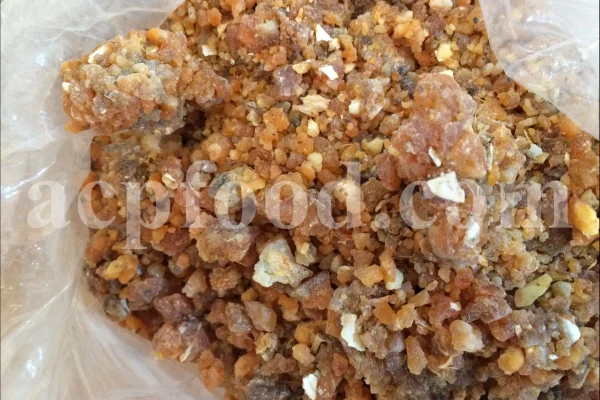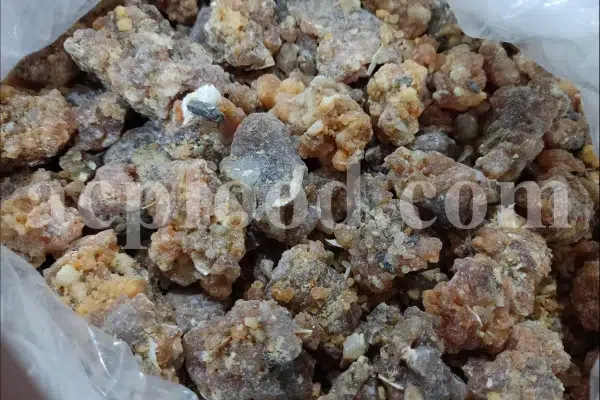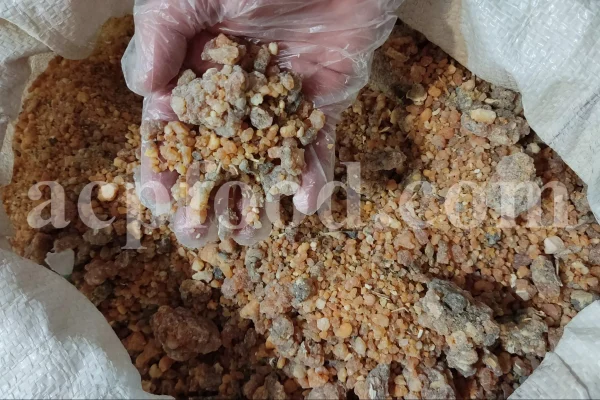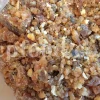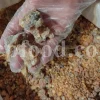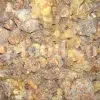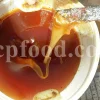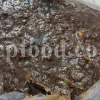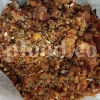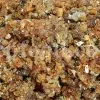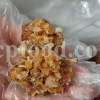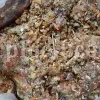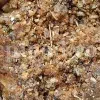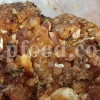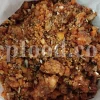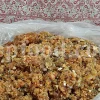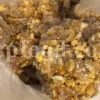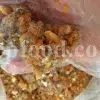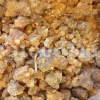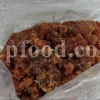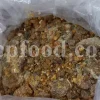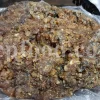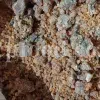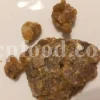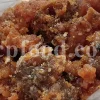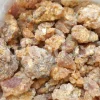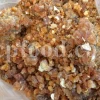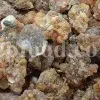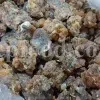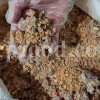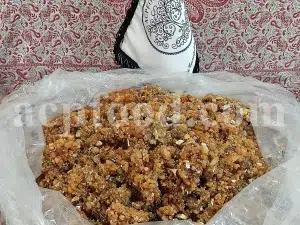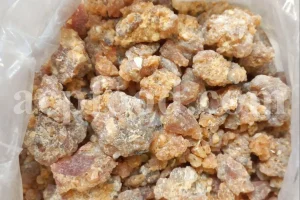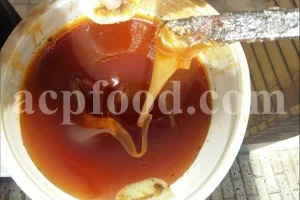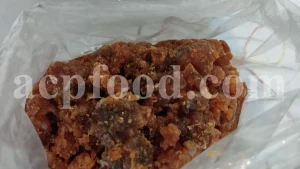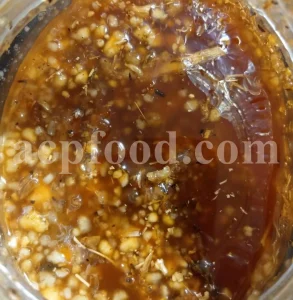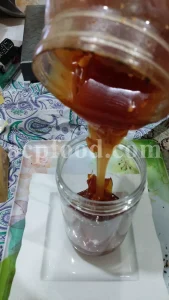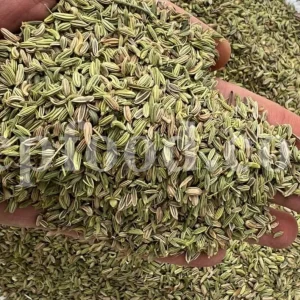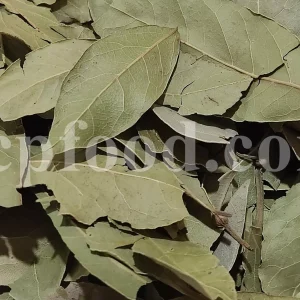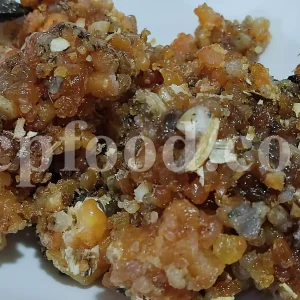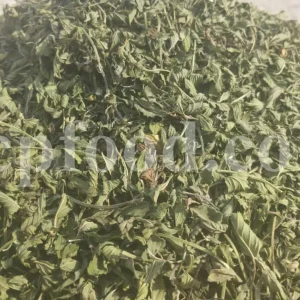GENERAL DATA
Plant parts: Gum, Resin
Cultivation mode: Wild collection
In manufacturing: Pharmaceutical, fumigation, glue (Diamond), perfumery, cosmetic, beverage, meats, increase livestock milk, oil, boating, ammunition, printing, disinfectants, deworming of the livestock, textile, painting, polymer making.
In food: –
🟢 Industries That Use Galbanum Resin (Gum)
From Ferula gummosa Boiss. and Ferula rubricaulis Boiss.
Here’s the professional and structured industry breakdown for Galbanum Gum/Resin, obtained from Ferula gummosa Boiss. and Ferula rubricaulis Boiss.—both native to Iran and surrounding regions.
🌿 What Is Galbanum?
Galbanum is a greenish-yellow oleo-gum-resin obtained by incising the stems and roots of certain Ferula species—particularly F. gummosa and F. rubricaulis. Native to Iran, Turkmenistan, and parts of Central Asia, Galbanum has been used since ancient Egyptian and Greco-Roman times in incense, perfumes, and traditional medicines.
It contains terpenes (pinene, cadinene, myrcene), resin acids, coumarins, and sulfur-containing volatiles, giving it a strong green, musky, and earthy scent and notable therapeutic and aromatic properties.
1. Pharmaceutical & Traditional Medicine Industry
Galbanum holds a prominent role in Persian, Islamic, Ayurvedic, and Greek medicine.
Medicinal Uses:
-
Anti-inflammatory: Applied to arthritis, joint pain, and muscular inflammation
-
Carminative & digestive: Used for gas, bloating, and intestinal cramps
-
Topical wound aid: Applied to ulcers, infected wounds, and skin abscesses
-
Respiratory support: Used as a mucolytic and expectorant
-
Menstrual regulator: Included in traditional formulations for amenorrhea and uterine congestion
✅ Administered in resin pills, powders, plasters, or decoctions
✅ Often used in traditional compound Unani or Persian formulas
2. Perfumery & Fragrance Industry
Galbanum resin is a prized green top note in the world of natural perfumery.
Fragrance Applications:
-
Used as a fixative and top note in green, mossy, and chypre perfumes
-
Adds sharp, fresh, forest-like aroma to high-end niche and artisanal scents
-
Featured in classic perfumes like Chanel No. 19, Vent Vert, and others
-
Blends well with vetiver, oakmoss, frankincense, and citrus oils
✅ Valued for its boldness, longevity, and lift in perfume compositions
3. Aromatherapy & Emotional Wellness
Due to its grounding yet stimulating scent, Galbanum is used in emotional and energetic therapy.
Aromatherapy Benefits:
-
Aids in emotional trauma processing and inner strength
-
Used to calm nervous agitation, especially rage or suppressed grief
-
Considered balancing for Vata and Kapha doshas in Ayurveda
-
Sometimes used to enhance meditation or spiritual awareness
✅ Applied in massage oils, diffuser blends, or trauma-healing body balms
4. Cosmetic & Skincare Industry
Galbanum resin and essential oil are utilized for their antimicrobial, anti-inflammatory, and wound-healing effects.
Cosmetic Uses:
-
Present in anti-acne creams, wound pastes, and muscle balms
-
Used in anti-aging serums for toning and tightening the skin
-
Sometimes included in herbal deodorants and scar-care blends
✅ Strong scent limits its use in mainstream skincare, but valued in medicinal or aromatherapeutic brands
5. Ritual, Incense & Ethnobotanical Use
Historically, Galbanum was one of the key ingredients in Ketoret, the sacred incense of the Hebrew Temple, and was also used in Egyptian embalming rituals.
Ritual Uses:
-
Burned as resin incense for protection, purification, and focus
-
Blended with frankincense, myrrh, and benzoin in ceremonial incense
-
Used in folk medicine rituals to ward off illness or evil spirits
✅ Still popular in natural incense blends and spiritual botanica markets
6. Ethnic & Export Markets
Galbanum resin is exported in both raw resin and essential oil form, primarily from Iran, which is a major producer.
Export Forms:
-
Whole resin tears, chunks, or powder
-
Essential oil extracted via steam distillation
-
Sold to natural perfumers, apothecaries, and cosmetic brands
✅ Listed under names like Galbanum gum, Ferula resin, or Persian green resin
7. Scientific & Phytochemical Research
Modern studies are confirming Galbanum’s antibacterial, anti-inflammatory, and cytotoxic properties.
Research Areas:
-
Wound healing and skin repair mechanisms
-
Anti-tumor and cytotoxic activity of certain terpenes
-
Antimicrobial effects against Gram-positive bacteria and fungi
-
Essential oil applications in natural insecticides or antifungals
✅ Shows promise as a multi-purpose phytotherapeutic agent
✅ Summary of Key Applications
| Industry | Common Uses |
|---|---|
| Pharmaceutical & Traditional | Anti-inflammatory balm, digestive aid, respiratory support |
| Perfumery & Fragrance | Green top note, mossy blends, high-end chypre perfumes |
| Aromatherapy & Emotional Wellness | Trauma relief, grief processing, grounding oil |
| Cosmetic & Skincare | Acne balms, anti-aging serums, wound salves |
| Ritual & Incense | Purification incense, ceremonial blends, protection rituals |
| Ethnic & Export Markets | Raw gum, essential oil, artisan perfumery use |
| Scientific Research | Anti-inflammatory, antibacterial, antioxidant, anti-cancer potential |
🌟 Key Features
-
Sharp green resin with musky and piney undertones
-
Sourced primarily from Ferula gummosa (native to Iran)
-
Long-used in ritual incense, wound healing, and digestive tonics
-
Major role in natural perfumery and emotional aromatherapy
-
Marketed globally as a premium resin or oil for wellness and scent industries
🌿 Comparison of Select Natural Resins & Gums
| Name | Botanical Source | Scent Profile | Traditional Use | Modern Applications | Notable Features |
|---|---|---|---|---|---|
| Galbanum | Ferula gummosa, F. rubricaulis | Sharp, green, musky, piney | Anti-inflammatory, digestive, incense | Perfumery (green top note), aromatherapy, wound salves | Used in sacred incense (Ketoret), green chypre perfumes |
| Frankincense | Boswellia carterii, B. serrata | Citrus-like, woody, sacred | Anti-arthritic, immune tonic, spiritual rituals | Skincare, perfumery, anti-aging, spiritual oil | Rich in boswellic acids; sacred in multiple religions |
| Opoponax (Sweet Myrrh) | Commiphora erythraea, Opopanax hispidus | Warm, balsamic, slightly sweet | Muscle relaxant, incense, trauma relief | Perfume base notes, aromatherapy, emotional healing | Softer and sweeter than myrrh; used in emotional care |
| Black Fasoukh | Picea orientalis (Oriental spruce) | Smoky, resinous, bitter | Exorcism, purification rituals (North African & Levant) | Ethnobotanical incense, spiritual cleansing | Rare; used in spiritual traditions of Maghreb & Levant |
| Sagapenum | Ferula persica | Pungent, sulfuric, bitter-resinous | Carminative, antispasmodic, ancient incense | Rare; niche in Unani/Ayurveda, historical perfumery | Known as “Persian Opoponax”; less used today |
| Asafoetida | Ferula assa-foetida | Strong, sulfuric, garlic-onion-like | Digestive aid, antispasmodic, nerve calming | Culinary spice (India), traditional medicine | Powerful aroma, used in cooking and Unani compounds |
| Gum Ammoniac | Dorema ammoniacum or Ferula ammoniacum | Warm, musky, ammonia-like | Expectorant, wound healer, urinary & uterine disorders | Cough syrups, chest ointments, traditional balms | Sticky yellow gum; used in respiratory and skin treatments |
| Terebinth Gum | Pistacia terebinthus | Piney, balsamic, woody | Wound healing, digestive aid, incense | Niche natural gum; used in chewing gums, oral care | Basis for ancient turpentine resin (Chian mastic variant) |
| Persian Turpentine Resin | Pistacia atlantica (Wild Pistachio) | Fresh, resinous, slightly sweet-pine | Antibacterial, oral hygiene, digestive, sacred rituals | Chewing resin, perfumery, dental health, incense | Known as “Saqqez”; edible and used in natural therapeutics |
🧾 Key Comparative Insights
-
Most Medicinal (Internal Use):
→ Asafoetida, Gum Ammoniac, Sagapenum, and Persian Turpentine have strong therapeutic internal applications, especially in digestive and respiratory care. -
Most Aromatic (Perfumery & Incense):
→ Galbanum, Frankincense, Opoponax, and Black Fasoukh are key in natural perfumery, ritual incense, and emotional aromatherapy. -
Most Spiritual/Ethnobotanical Use:
→ Black Fasoukh, Frankincense, Galbanum, and Terebinth Gum have deep roots in ritual use, purification, and religious ceremonies. -
Most Niche/Obscure Today:
→ Sagapenum, Black Fasoukh, and Gum Ammoniac are rarely used in modern commercial wellness but persist in ethnobotanical and historical formulations.
✅ Quick Feature Snapshot
| Resin | Therapeutic | Perfumery | Incense/Ritual | Digestive Use | Respiratory Use |
|---|---|---|---|---|---|
| Galbanum | ✅ | ✅✅✅ | ✅✅ | ✅ | ✅ |
| Frankincense | ✅✅ | ✅✅✅ | ✅✅✅ | 🚫 | ✅✅ |
| Opoponax | ✅ | ✅✅ | ✅✅ | 🚫 | ✅ |
| Black Fasoukh | 🚫 | 🚫 | ✅✅✅ | 🚫 | 🚫 |
| Sagapenum | ✅ | ✅ | ✅ | ✅✅ | ✅ |
| Asafoetida | ✅✅ | 🚫 | 🚫 | ✅✅✅ | ✅ |
| Gum Ammoniac | ✅✅ | 🚫 | ✅ | ✅ | ✅✅✅ |
| Terebinth Gum | ✅ | ✅ | ✅ | ✅ | ✅ |
| Persian Turpentine | ✅✅ | ✅ | ✅✅ | ✅✅ | ✅ |
PRODUCT NAME IN DIFFERENT LANGUAGES
Persian Name: باریجه/ Barijeh
German Name (Deutschland, Austria, Switzerland): Galbanum
French Name (France, Belgium, Switzerland, Quebec): Galbanum
HARVEST CALENDAR
Feb
Mar
Apr
May
Jun
Jul
Aug
Sep
Oct
Nov
Dec
To order Galbanum, please contact us.
The leaves of this plant have many cuts and are divided into small and pointed parts. These leaves grow mostly at the bottom of the plant. The flowers are yellow and very small and grow in clusters and umbrella-shaped at the end of the secondary stems.
The buds are oval, slightly elongated, relatively wide, and sharp, and several longitudinal and cream-colored lines can be seen on their surface. The edges are creamy yellow. After the flowers dry, the leaves grow in the form of umbrellas in the same place.
Galbanum Chemical Constituents
Essential oil 10-19.5%, gum 5-10%, 63-75% resin which are Galbano-Resinotannole and Umbelliferone.
To order Ferula galbaniflua gum, please contact us.
Galbanum Temperament
Third degree of hot and second degree of dry.
3. Eat 15 grams of it with boiled Common Rue (Ruta graveolens) decoction or a little Bitter Almond oil. It is useful for removing toxins.
4. Mix three grams of it with three grams of Myrrh in some dilute vinegar and drink. It is beneficial for removing the dead fetus and choroid.
5. Dissolve it in a little Iris oil and drop it in the ear. Relieves ear pain, rubbing it is useful for treating tetanus, relieving side and back pain, and resorption of abscess and scrofula, if placed on the back of the uterus, it is useful for relieving uterine pain.
Galbanum Side Effects
Harmful to hot temperaments, should not be used in hot areas and in hot seasons.
To order Galbanum Tears, please contact us.

